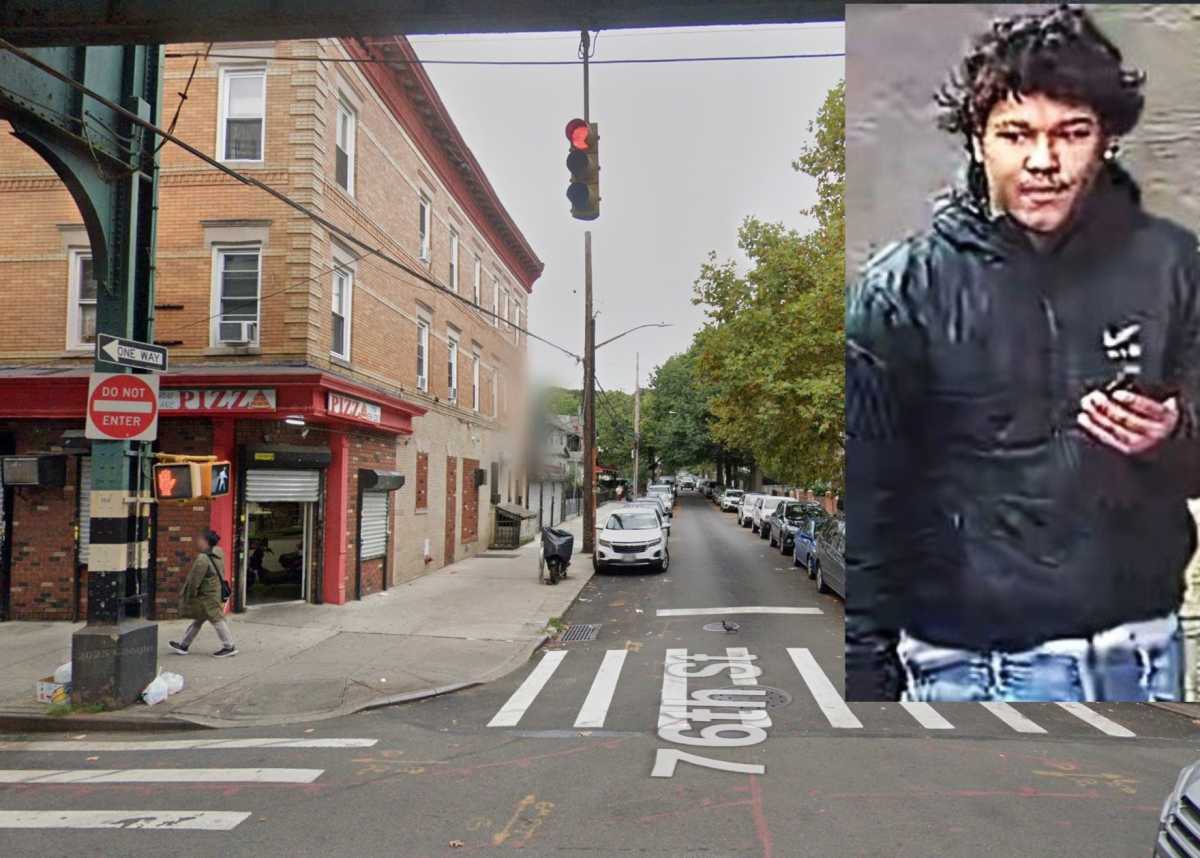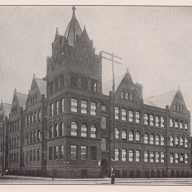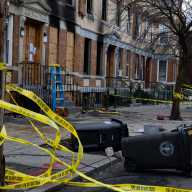The electrical grid has entered the 21st century – somewhat.
With a project that could transform how energy gets delivered to not only the 2.3 million residents of Queens but the entire city, Con Edison announced on Tuesday, August 4, that a $6 million, 18-month smart grid pilot program will be tested in an 8.3 square-mile-area of northwest Queens, an area disproportionately affected by blackouts, the most severe and costly blackout lasted 10-days in July 2006.
“This is another example of Con Edison working with our community to make an innovative national energy movement a reality here in our backyard,” said Gayle Baron, president of the Long Island City Business Development Corporation. “We’re pleased the Long Island City area has been chosen to be one of a small number of communities around the nation to be included in a comprehensive smart grid project.”
Smart grid technology, according to the U.S. Department of Energy (USDOE), aims to modernize the current electrical grid to one that functions more cooperatively, responsively and organically.
The smart grid would accomplish this by sensing energy overloads in the system and rerouting the energy to avoid disruption in service; the grid would accept renewable sources of energy – such as solar and wind – as more and more households begin to shift from coal and gas; customers would be able to communicate more effectively with their utility company to tailor their usage based on price and environmental concerns; and it would be resistant to attack and natural disasters – a concern that arose after the 2003 blackout that spread through the northeast states, the largest blackout in U.S. history.
Con Edison plans to file proposals with USDOE for stimulus funds to help finance approximately $375 million in future smart grid projects across New York City and Westchester County, that, if secured, will provide an additional 40,000 smart meters, more intelligent underground and overhead systems, and a sophisticated command and control network that will serve as the “brain” of an enhanced Con Edison smart grid.
This “brain” will give customers access to their grid from outside the home and even allow for plug-in electric vehicles and charging stations.
“New York City will be a model showing how smart grid technologies can work together in dense urban areas,” said Kevin Burke, chairman and chief executive officer of Con Edison. “Smart grids will change the way we manage the grid, and can change the way customers manage their energy usage.”
During the summer of 2006, Con Ed posted an all-time peak-record of electricity use of 13,141 megawatt hours on August 2, 2006 at 5 p.m. throughout New York City and Westchester. Con Edison customers broke the 2009 record for peak electricity use when the company delivered 11,937 megawatt hours (MWH) at 3 p.m. on Monday, August 17.
Changes to the electrical grid could have a profound effect on northwest Queens residents. In 2006, sporadic outages began in parts of Long Island City, Astoria, Woodside and Sunnyside and affected around 170,000 residents and scores of local businesses for a period of 10 days. Some businesses, like restaurant Sapori d’Ischia in Woodside, calculated a loss of revenue between $12,000 and $14,000.
Con Ed sent reimbursements totaling almost $900,000 to customers, said Con Ed spokesperson Chris Olert at the time. The maximum reimbursement from Con Ed for Western Queens customers had been capped at $7,000 for businesses and $350 for individuals and families.
However, the smart grid aims to prevent the loss of electricity and the discomfort to customers and businesses.
A Con Edison spokesperson told The Queens Courier that the company specifically chose northwest Queens for the pilot program.
“The Long Island City network has the mix of customers we need for the project: residential, commercial, and industrial,” said Sara Banda, a company spokesperson. “Due to what happened here three years ago, we also selected this network because we thought we should.”
Community Board #1 District Manager Lucille Hartmann sounded relieved that Con Ed would be testing the smart grid in the area for a possible future upgrade.
“We are happy that our district has been chosen as part of the project that aims to upgrade the information that can be made available to the consumer and it will make it easier to troubleshoot problems within the grid,” Hartmann said. “Anything that will alleviate the horror of three years ago is okay by me.”
































